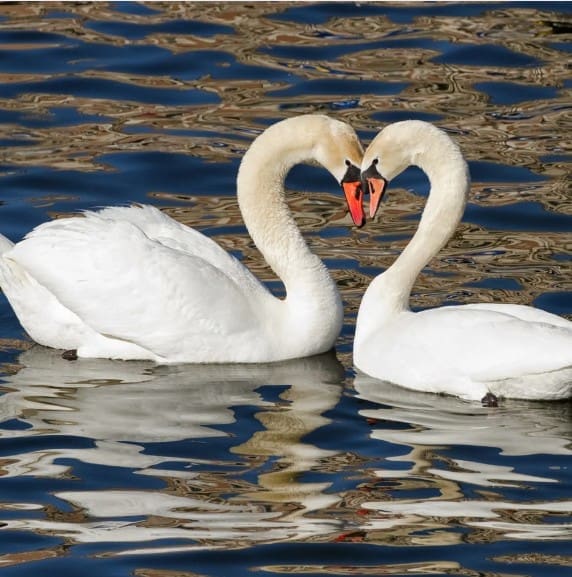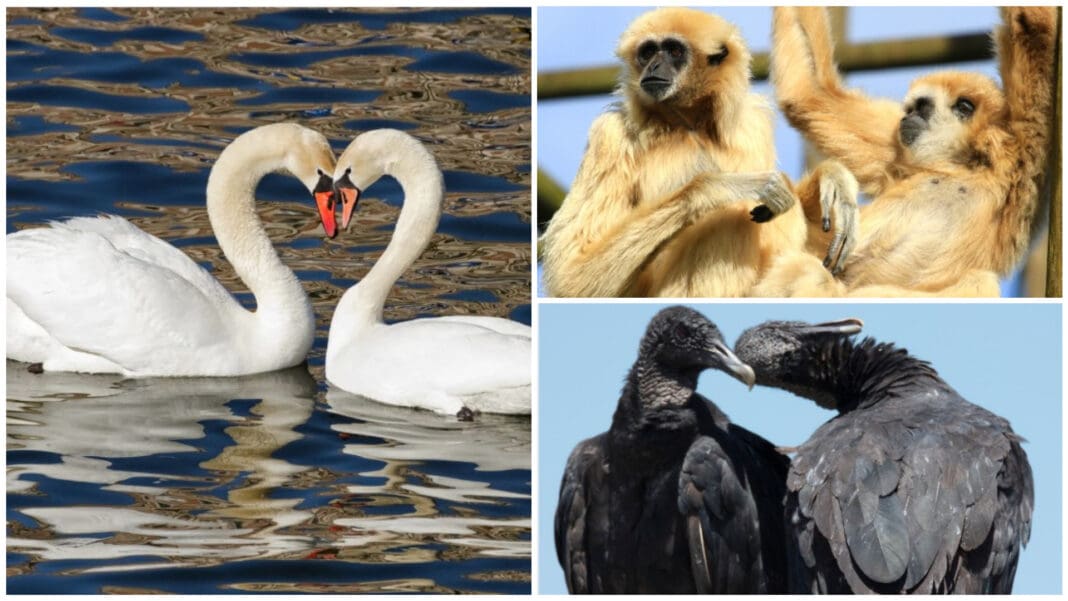Tinuod jud ang forever!

Love is a universal language for many, including animals. Although the idea of having a long-lasting relationship is appealing and sweet, it is quite rare in the natural world for most species to be monogamous and having one mate for life.
So, let’s explore the power couples in the animal kingdom who are a tad unhinged and unconventional with their mates:
Angler Fish

These species of fish are known to be well-adapted in the dark depths of the ocean but when it comes to mating, it’s bizarre and unconventional.
A male angler fish doesn’t have the same head growth or the ability to attract prey as compared to the females. They simply lack luminosity, but still makes up for his impeccable sense of smell that he then uses to sniff out his future mate.
On the other hand, a female angler spends her life hunting while the male is there to leisurely hitchhike, acting as a passenger princess for the rest of his life. Some male species become a permanent parasite on the female, his small body is simply trailing in the water and he becomes an irremovable appendage.
Gibbons

Male and female gibbons sing duets that are synchronised and occur at regular intervals. These qualities are similar and can be found in human songs, which could hint at the evolutionary basis for the origin of music.
These species regularly sing duets to form territory and social bonds. Researchers have also found a link between the two rhythmic qualities, with females singing less regularly when their calls overlapped more with those males. The gibbon rhythm may vary based on social context. Findings have suggested that evolution may have selected for such rhythmic capacities in primates as a way to coordinate vocal displays.
Shingleback Lizards

Shingleback lizards have many common names: bobtails, skinks, and sleepy lizards are among the appropriate names for these slow-moving reptiles. As a unique species of skinks, they share many similar traits with their blue-tongue cousins. However, they have very complex courtship routines with their mates.
These lizards are lovestruck. Shingleback skinks are monogamous, meaning they mate with only one partner for life. They can live up to fifty years and acquire long-term partners, maintaining close proximity by following scent trails.
Black Vultures

Black vultures form relationships during their daily routines. These birds are gregarious and perform all their activities in flocks. Unlike other birds, vultures do not need to build nests, claim territory, or offer food to attract females; instead, a bond is formed through behavior.
Courtship displays are performed by both males and females, both on the ground and in the air, indicating pair formation. Despite being a common species, these courtship displays are rarely observed.
Northern Quoll

These species meet their ultimate demise after mating. The life of a male northern quoll is short and almost entirely dedicated to the pursuit of sex. These marsupials are known as suicidal reproducers, which means they die after one mating season, or about one year.
The cause of their demise has been unclear, but scientists now believe they have found the answer: sleep deprivation. The males seek mates at the expense of everything, including food, hygiene, and rest, leading them to an early grave.

